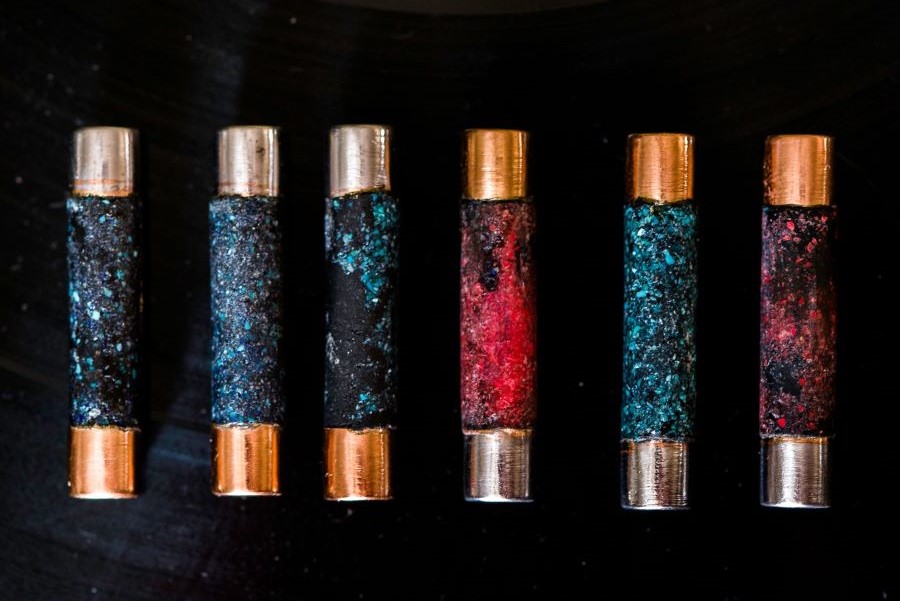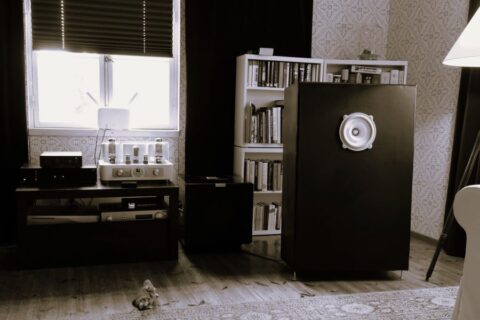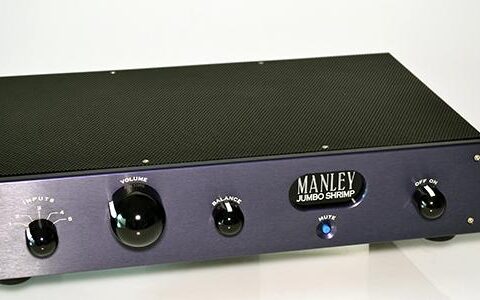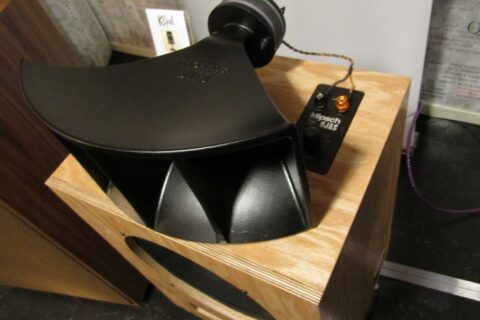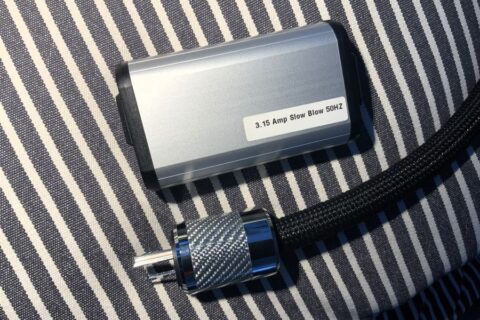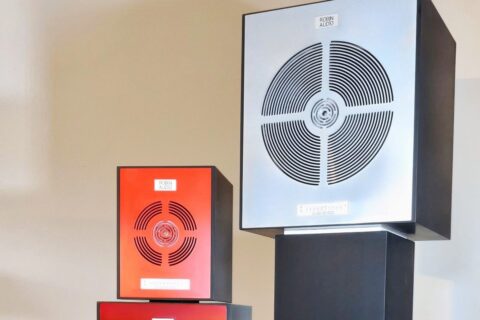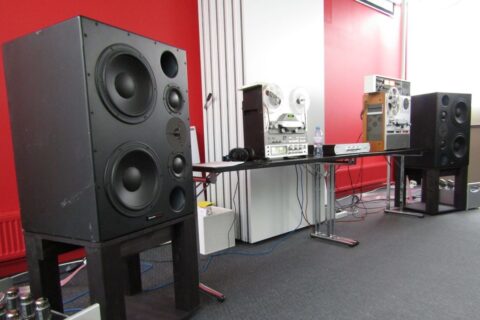This listening hobby of ours famously includes minefields and kamikaze zones. If you want to step towards them, the safest thing to do is to go out and declare that the cables, interconnects or speaker cables, not to mention the power cords, make a sonic difference. And you can just as easily become knocked out if you tell the “experts” of the discussion groups that different fuses can have an effect, even a big one, and that at best they can produce a synergistic advantage for the entire playback system.
Currently, there are several interesting companies operating in the field of audio fuses. I have been using reasonably priced fuses by the German HifiTuning for more than ten years. I’ve also tried fuses from Synergistic, which also provide a meaningful audible advantage. I’ve also tested the fuses by the famous QSA. They are also pretty good at what they do, although the prices for one fuse can be ridiculous. My future projects include experimenting with Vera-Fi Ausio’s Swiss Digital Fuse Box (c. 360e) filled with their Sluggo fuses. And so on. Anyway, I always welcome new players in the game, and the below one is particularly interesting.
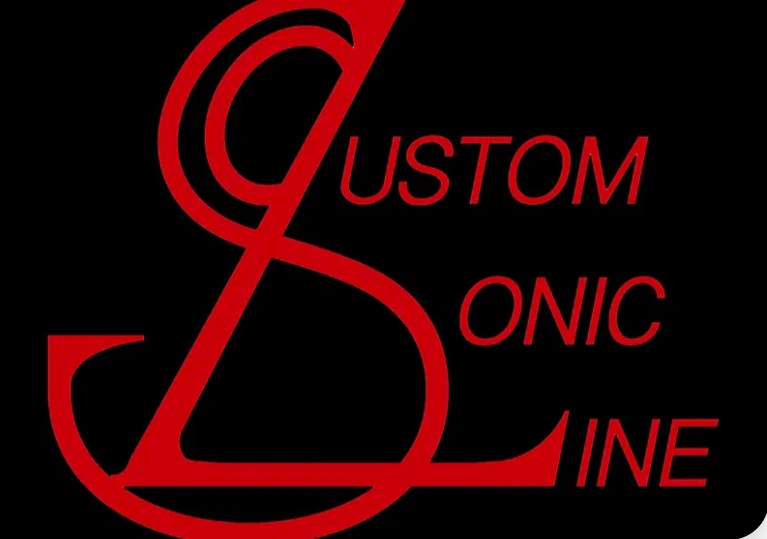
CUSTOM SONIC LINE
Custom Sonic Line is a small audio brand from Athens, Greece. Some time ago I learned about their new fuses, and of course, given my hobby background, I got immediately interested, and here we are.
There are two men behind Custom Sonic Line: Konstantinos Lois and George Charopoulos. Lois and Charopoulos are experts in metallurgy, which is why they have ended up in using the so-called PMG group of metals (Gold, Platinum, Palladium) in their fuses. They know the raw material.
Their background philosophy is well explained on their website:
“The acoustic information carried by the signal of a device is modulated by the power flowing through the circuit. The initial loss at the input is invariant as it is never recovered. Consequently, the design materials will add their acquired character on top of incomplete data, forming a contrive. The fuse, the first supply material, absolutely and decisively imposes its management on the device, and nothing replaces its primary effect on the signal. It is not an enhancement accessory, and anything after it will contribute little and only ancillary in a very minuscule way. The fuse delivers a specially calibrated signal to the power supply, depending on the role of the device.”
I have nothing to add to that. Makes sense to me, and corresponds to what I’ve observed over the years subjectively.
According Konstantinos Lois, it took three years of research for them to uncover that each device really needed a different fuse. Next they came up with the alloys and plating that they would work on. They also coated the fuse body with a mixture of crystals and stones in order to ensure more electromagnetic shielding and facilitate a better sound. Finally, it took one year to focus on fine-tuning so that the fuses would work and complement with each other in the same continued chain.
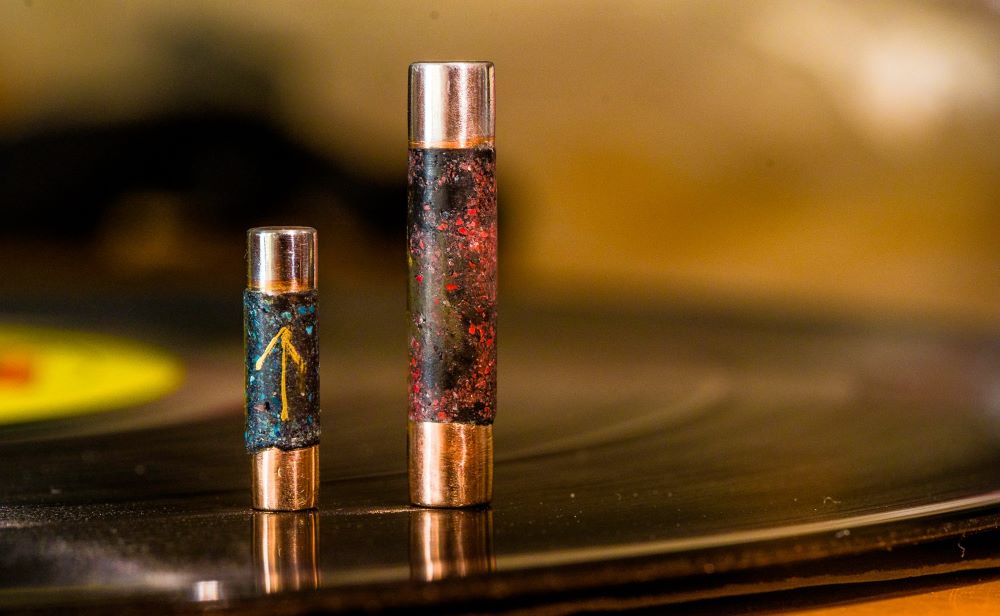
USE OF THE CSL FUSES
Custom Sonic Line recommends that customers always start with the main fuse of their amplifier, which is called AMP, and continue, if they wish, on their other devices. For this purpose, Custom Sonic Line also sports a fuse for the amplifier, called PRE, and one for the DAC/CD called DAC. Fuses for other Hi-Fi gear are under development.
Every customer gets personalized service. So did I. I first told them which amps and preamps I use, gave them the proper values and got fuses that were made specifically for each device. In addition I asked for a fuse that would go with my Sonic Frontiers phono-stage, and Konstantinos made three different versions of them! This is what I consider to be perfect service by an audio artisan, and something that one rarely meets elsewhere.
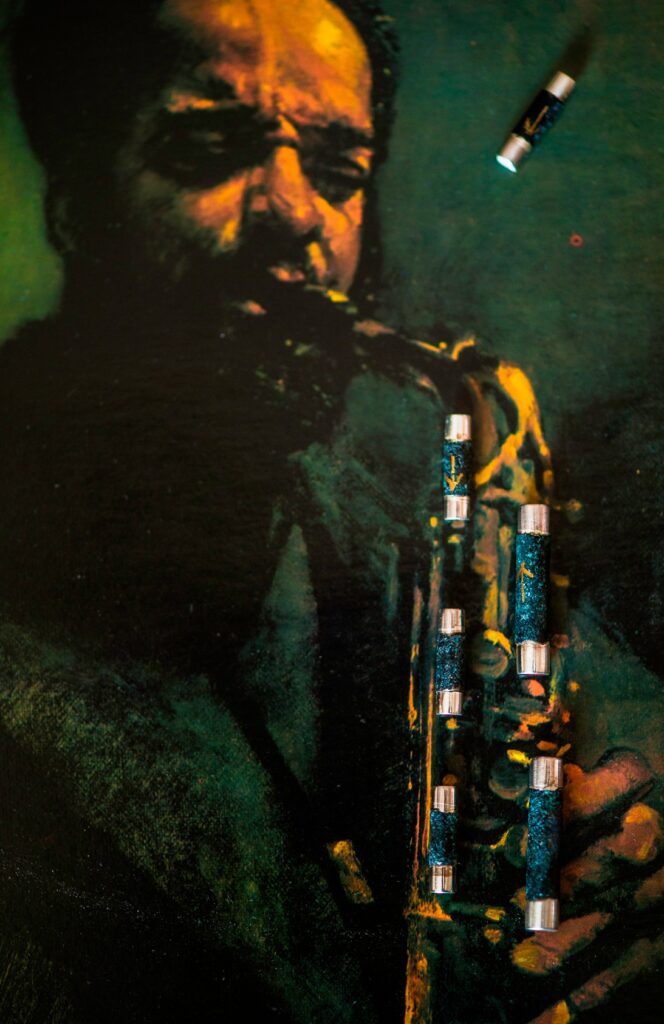
LISTENING
Since I know that there are enough readers who doubt all testing with fuses, I don’t want to go into too much detail. Everyone can, according to his or her hobby style, get the fuses by Custom Sonic Line, and make serious subjective tests, as I did, or spin his or her head to the rhythm of Lambada, for example. To be honest, I don’t care … The main point is that I know that the overall performance of my equipment was largely improved when equipped with the fuses of Custom Sonic Line, and that I am fully satisfied with their fuses now in place.
Here’s something though. The first thing I noticed was that the CSL fuses behaved, in my system at least, a bit like how Synergistic fuses once did: they improved the dynamics and, subjectively at least, extended the frequency band. This equaled to more details, and deeper image (e.g. longer decay of cymbals). Was this because both companies, technology-wise, pay great attention to the materials used, I cannot say.
In my experience, when testing fuses it is utmost important to get their polarity “correct” in all devices. For this purpose, many fuses feature arrows that in themselves do not tell much. In the CSL fuses, one contact surface is silver, the other gold-plated. Still, each device has its own polarity, and it is quite common that installing fuses “correctly” requires several rounds, where only the ear can tell where some adjustment is needed.
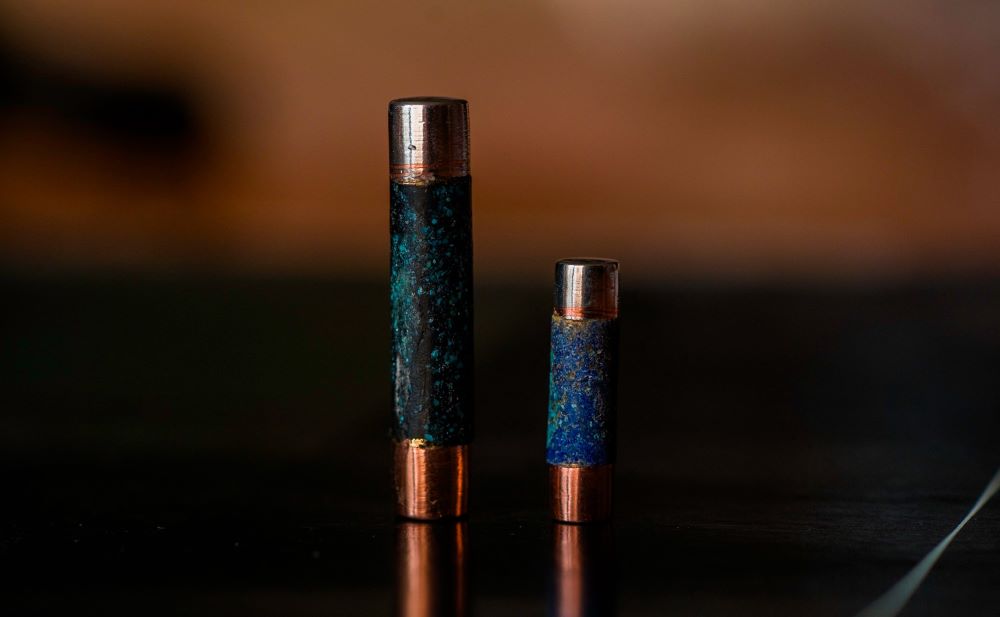
The CSL fuses were so accurate that they also reported wrongly connected polarities of other devices. For example, I had to change the polarity of my subwoofer amps a couple of times before getting it “right”, but all the trouble was worth it. The burn-in is another thing. It alone can take a hundred hours, and only patience will bring the reward.
I’ve also found that “synergy” is a key variable in testing fuses. With the Cosmic Sonic Line fuses in place, one on the preamp (Mac 2300), and the two on mono blocks (Mac 275), it was so obvious that the CSL fuses together enabled the system to reach its highest performance level. In comparison, HifiTuning’s fuses are quite capable, and kind of analog sounding, but leave the bass section somewhat uncontrolled. With the CSL fuses, the bass notes were clearly better defined, not living their own life outside of the soundstage. This is especially important with tube amps, which famously struggle to control the lowest notes in music.
In one of our conversations, Konstantinos mentioned that the reason for having a separate fuse for the preamplifier was that it “conducts” other fuses. I can’t confirm this, but I can say that the four fuses I had installed (2 x AMP, 1 x PRE, 1 x PHONO) synergistically supported each other, so much so that if I replaced, for example, one CSL fuse with an old HifiTuning fuse, the level of performance would markedly drop. Weird as it may sound.
With the above I’m not intending to say that my subjective listening sessions were rigorous scientific “testing”. As before, I’ve just reported how, after more than six months of systematic listening, the new and unknown fuses I found from Greece changed the sonics of my equipment, even significantly, and at a fairly modest price.
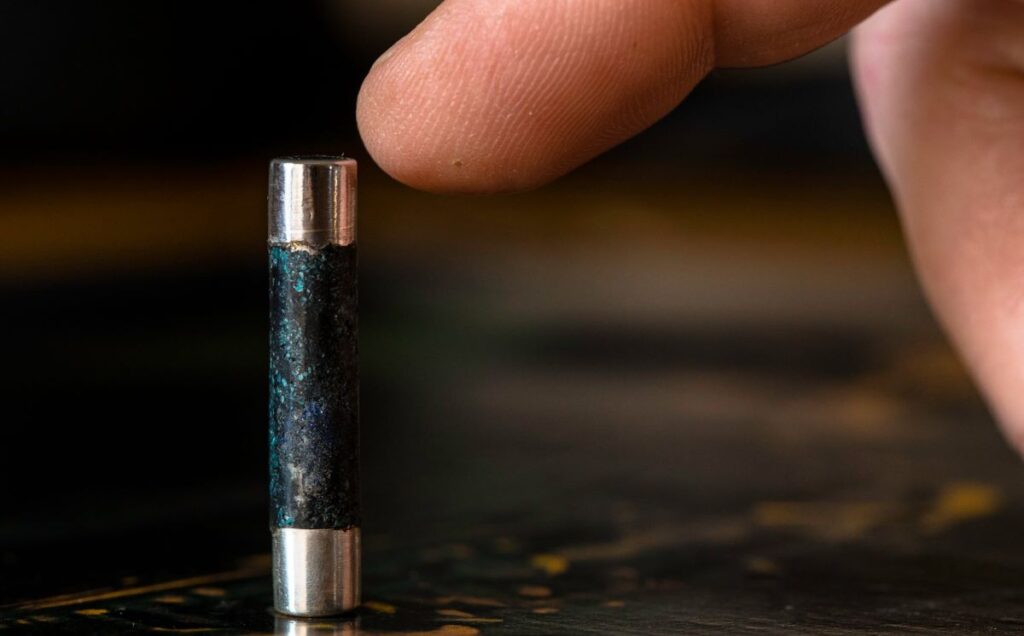
PRICES
Expensive? Not really. The Custom Sonic Line fuses cost 200 to 250 euro per piece. If three of these are installed, the cost is in the price range of one high-quality power cable or a pair of interconnects; and, as far as I am concerned, the difference obtained with these fuses parallels with that of high quality cables, if not exceed it. With these prices the CSL fuses are easily competitive with many times more expensive QSA and Synergistic fuses.
In short, I can only say that Custom Sonic Line has manufactured a series of excellent artisan fuses, and I can warmly recommend to contact this company. They are in the market for the love of the industry and will certainly offer exemplary customer service. I’ll be surprised if we don’t hear more from this company and the guys behind it in the future. On top of fuse they have plans to manufacture power cords and other audio components.
In the meanwhile, the Custom Sonic Line fuses continue to do their wonders in my system.
Custom Sonic Line fuses (hand crafted 5 x 20mm Slow or Fast Blow, 6 x 32mm Slow or Fast Blow):
AMP – made for amplifiers: 250 euro
PRE – made for preamplifiers: 200 euro
DAC – made for dacs and cd players: 200 euro
https://www.customsonicline.com
Kai Ekholm’s set: YG Sonja loudspeakers, 2 x Mcintosh 275s, Mac 2300 preamp, 2 x Elac subwoofers, A Rose 250, BelCanto 3.5., Gol processor, 3 x Hydra 8 and Tsakiris power conditioning, Transparent power and signal cables. Phono section: a modified Technics SP10 turntable, London Decca Ref cartridge, London Decca carbon tangential tonearm and Sonic Frontier Phono 1. Stein Harmonizers. Schumann resonators and Frank Tschang acoustic modules. Room conditioning.


